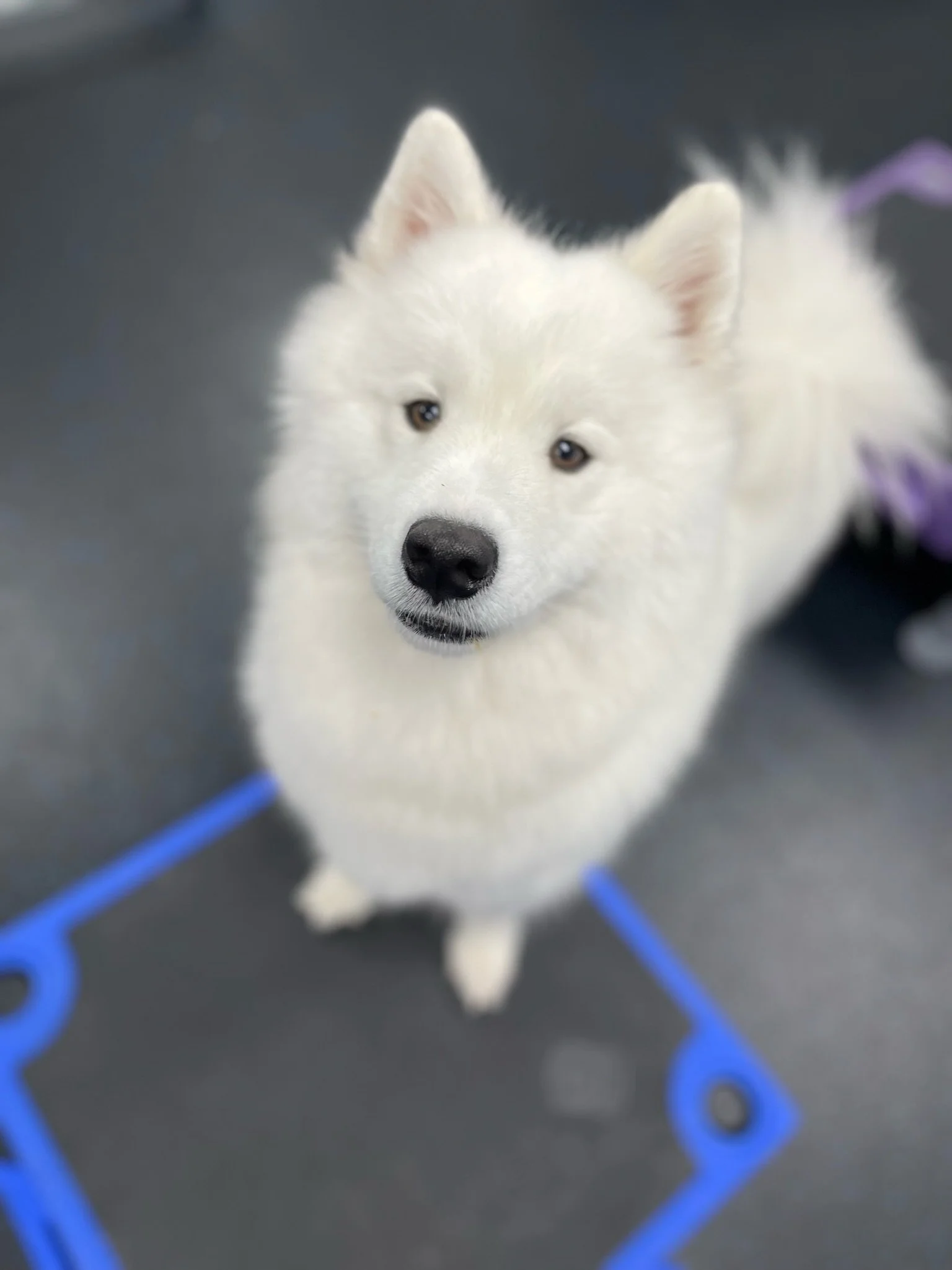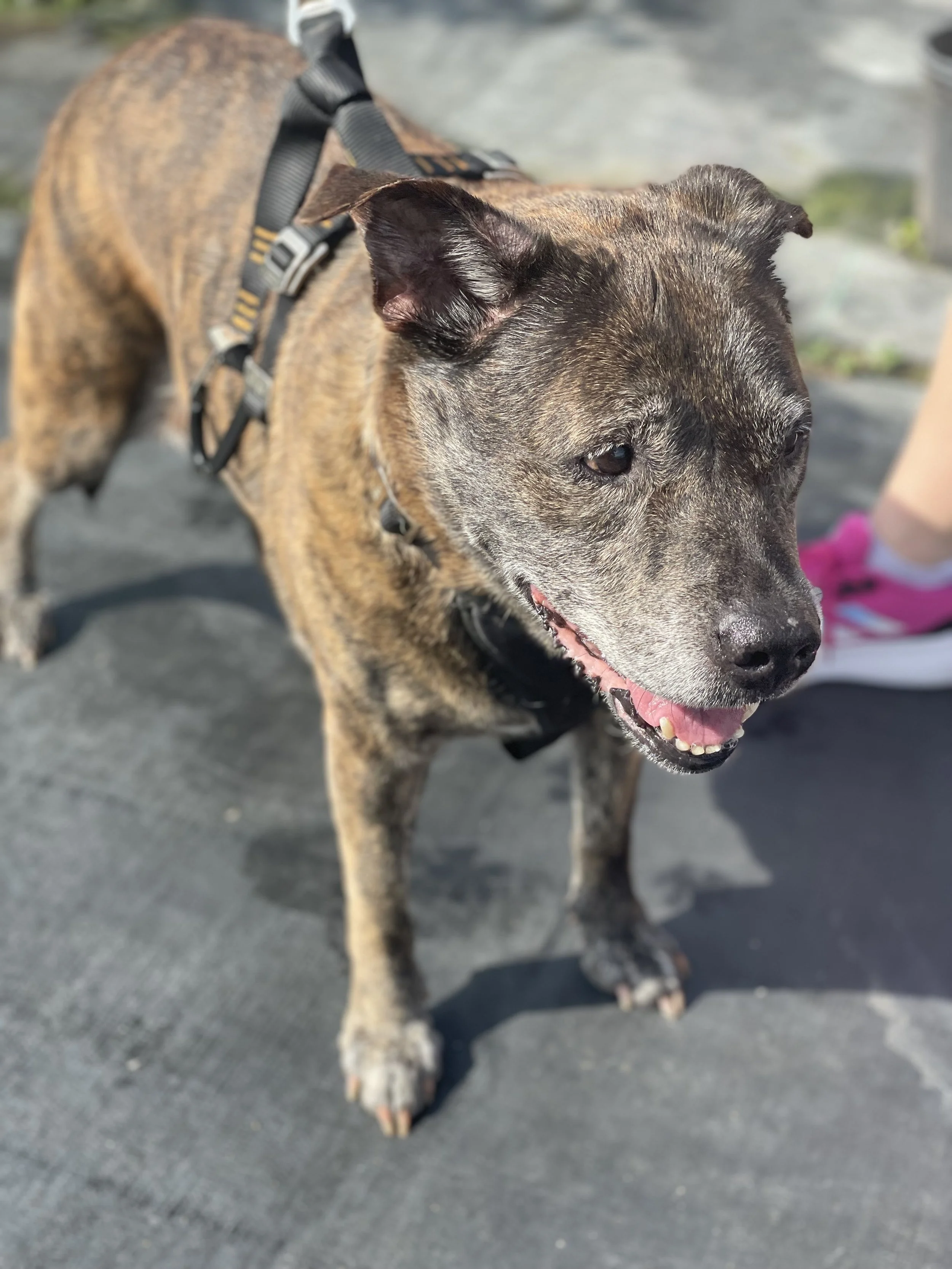April 2024
Happy Spring!
Thank you for all of your emails about Timmy. He is recovering well and back to chasing lizards!
Let’s talk about building and maintaining strength in our pets. Sarcopenia is the loss of muscle as aging occurs. To reverse this process, we must challenge the body to adapt to carrying heavier loads, also known as strength training. The muscles adapt to an increasing load to gain strength. The gradual addition of that load is termed progressive overload in exercise physiology.
We general follow the Principle of Progression, which states that increases in time, weight or intensity should be kept within 10% or less each week to allow for a gradual adaptation while minimizing risk of injury. Progressing any faster than 10% will increase chances of injury as the muscle is unable to adapt to the new load.
When your pets participate in therapies we aim to improve or challenge each session by 10% or less to allow for this progressive overload. If we progress too quickly, your pets would experience soreness for longer than 24-48 hours.
The home exercises are geared to aid in the progressive overload of the muscles. Home exercise plans are personalized for your pet’s specific areas of concern with most of them including leash walks. Leash walks are a great way to focus on progressive overload at home. Distance, time, substrate, elevation, and speed are some metrics that you can play around with.
Typically we start our patients at 5-10 minutes and progressively increase these leash walks to 15-20 minutes. If you are unable to dedicate more time to leash walks but 15-20 minutes are easy, try changing another parameter:
Increase the speed (fast walking or jogging)
Walking on grass or sand
Walking uphill
Adding in sit to stands
Figure of 8 exercises around mailboxes
When these parameters are changed, the total time of the workout may need to be varied to avoid injury or too much overload too quickly.
If you ever notice soreness in your pet, this can be normal as the muscles are building strength and will have small amounts of inflammation during the adaptation process. 24-48 hours of soreness is ok, but anything longer than that and you should let us know. During the time of soreness, continuing gentle walks rather than complete rest to help increase the blood supply to the muscles to reduce the inflammation created. Massage and warm compresses can also be soothing for sore muscles.
Have fun with these exercises and walks with your pet. They are fun and stress relieving for us too!
Peace and love,




